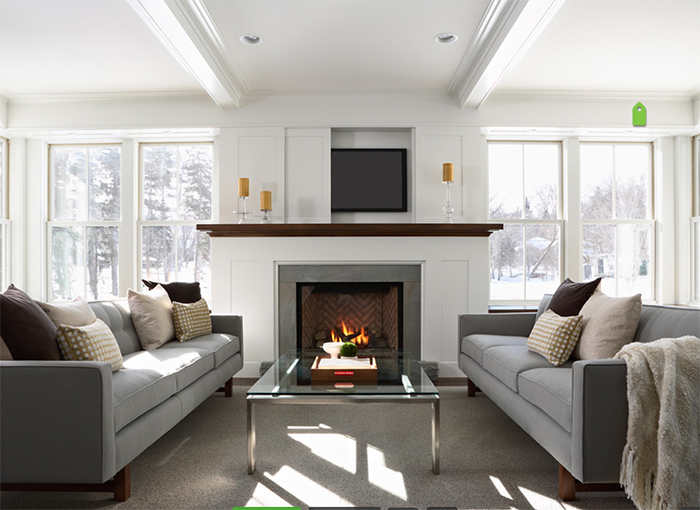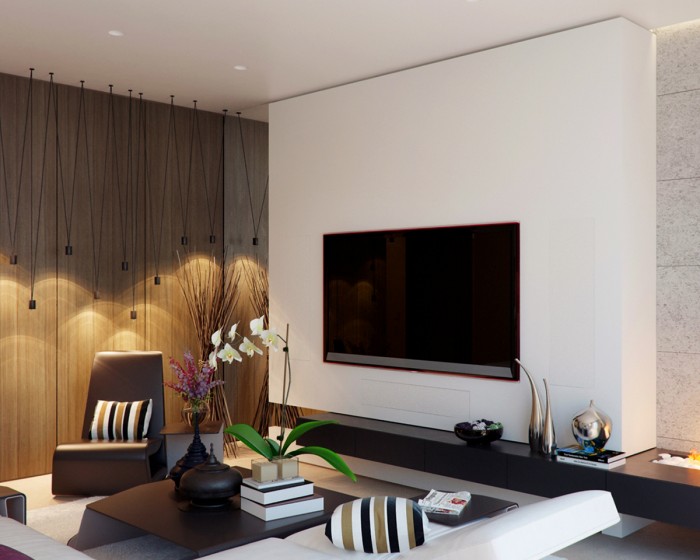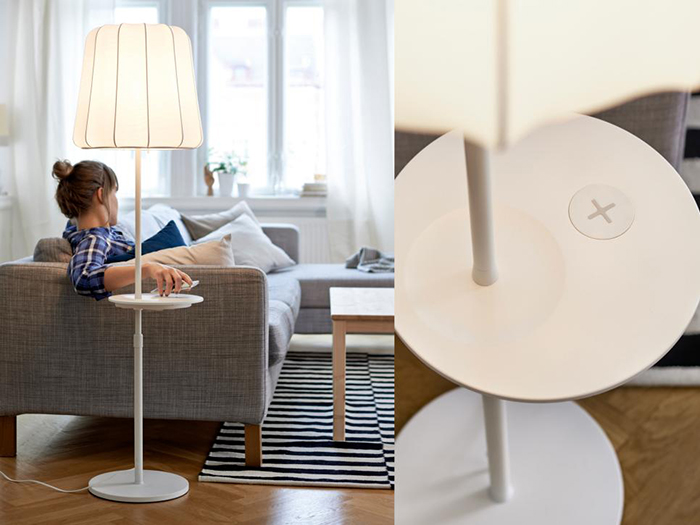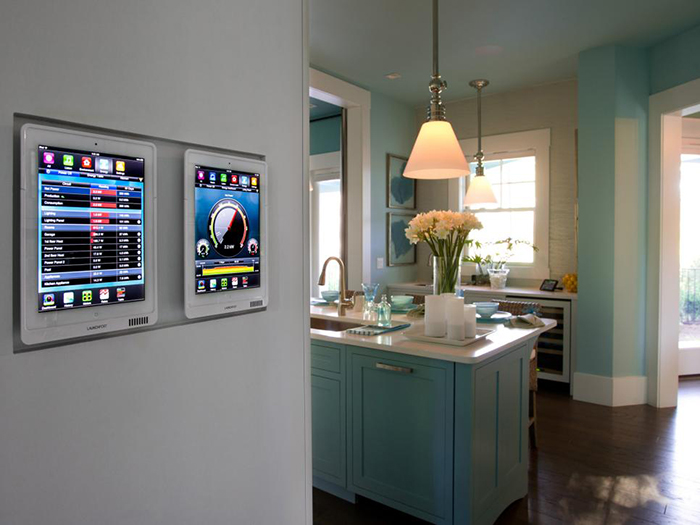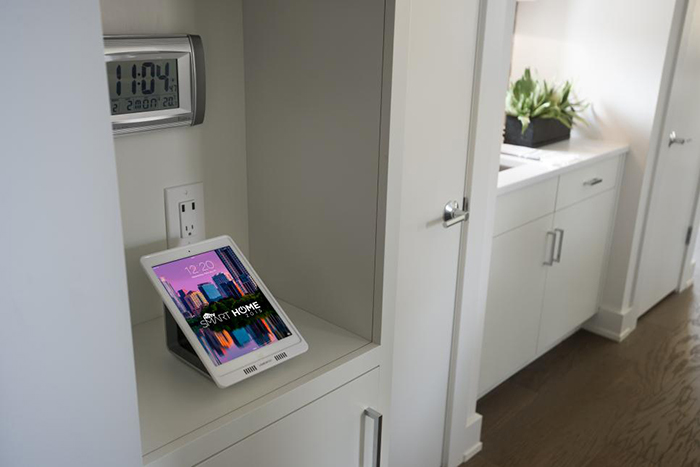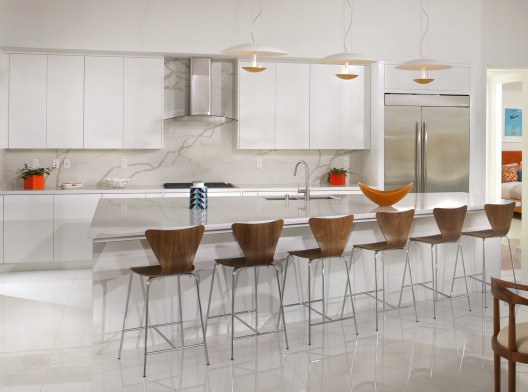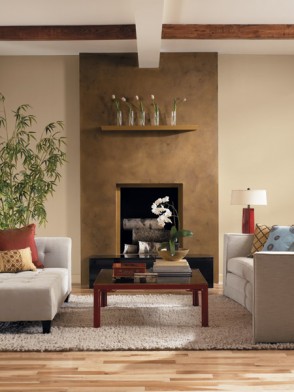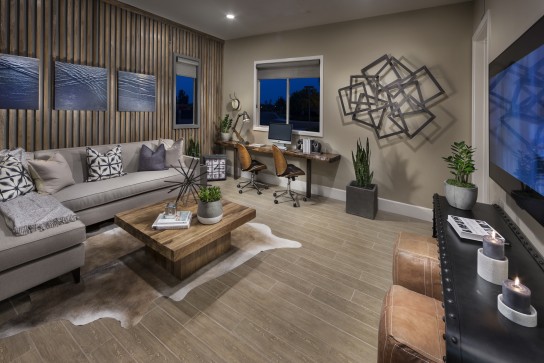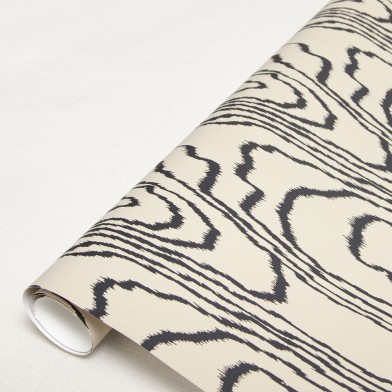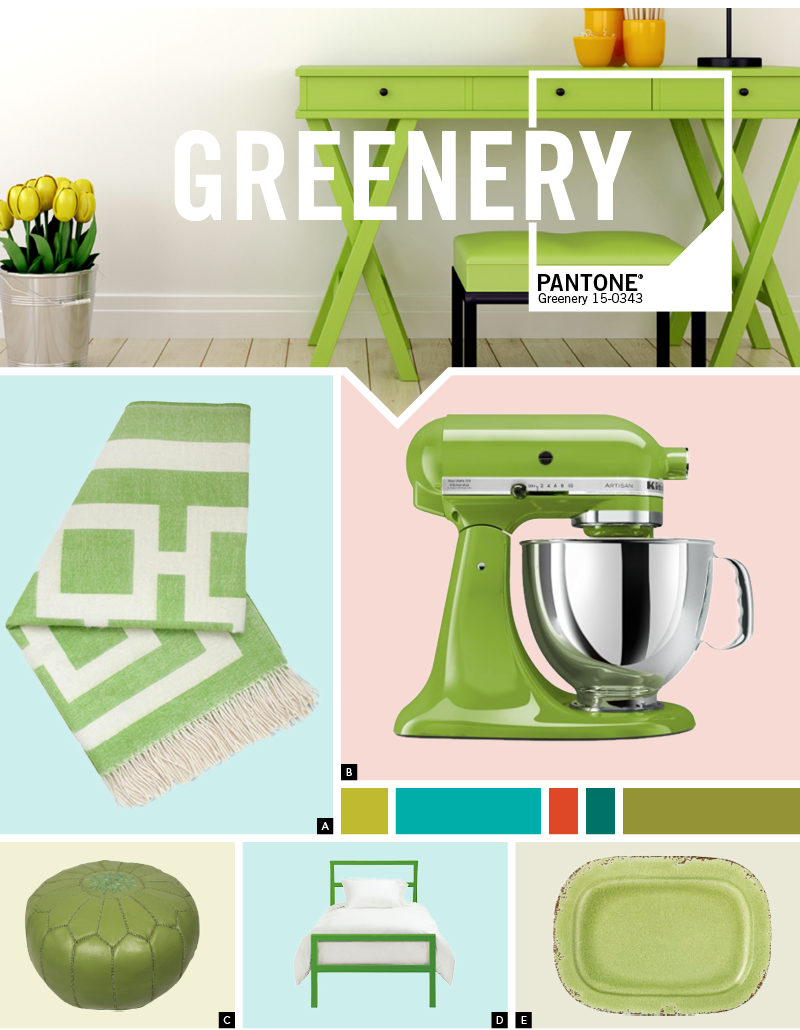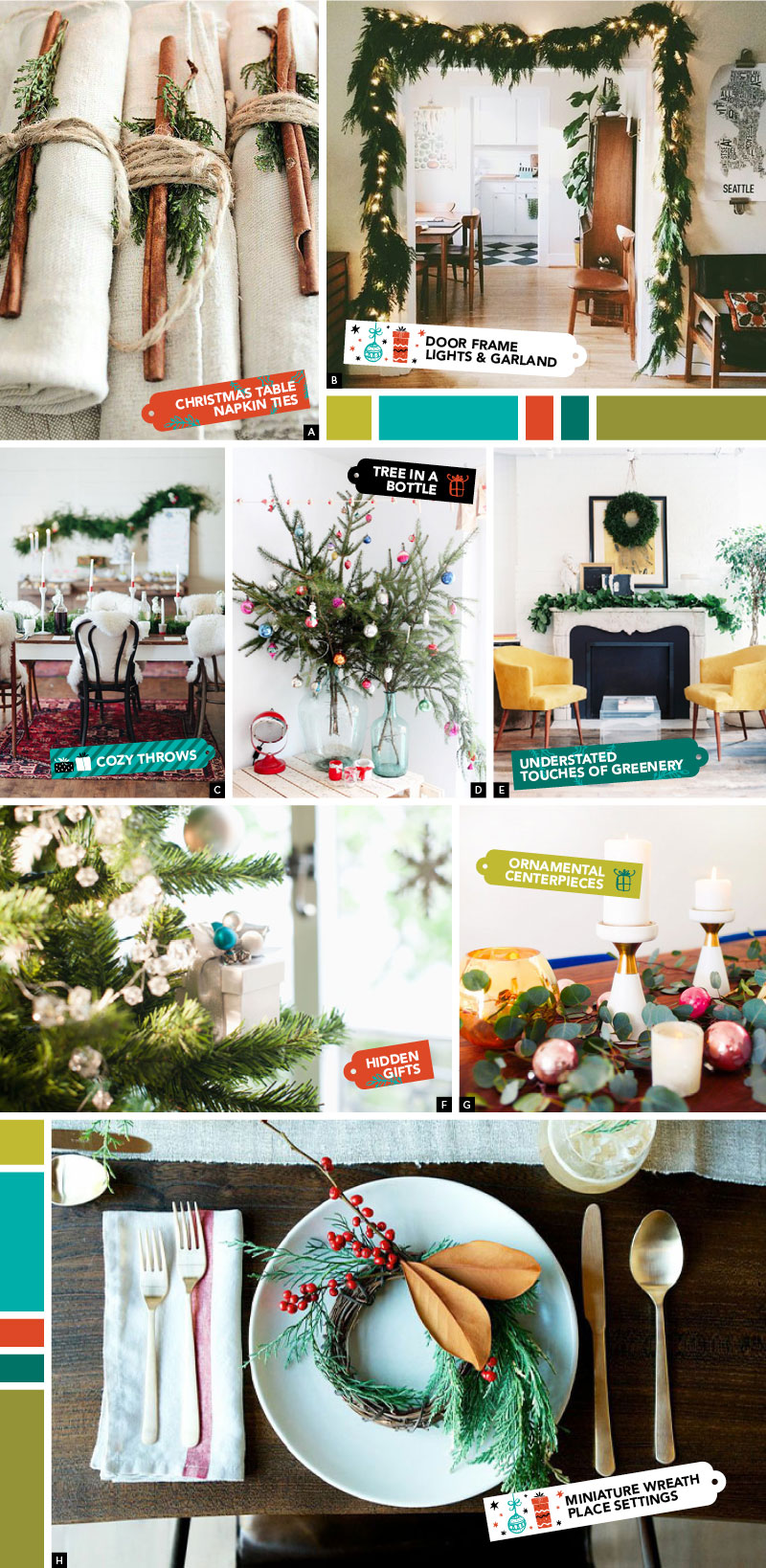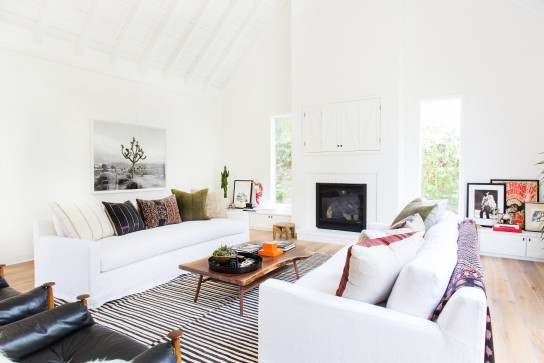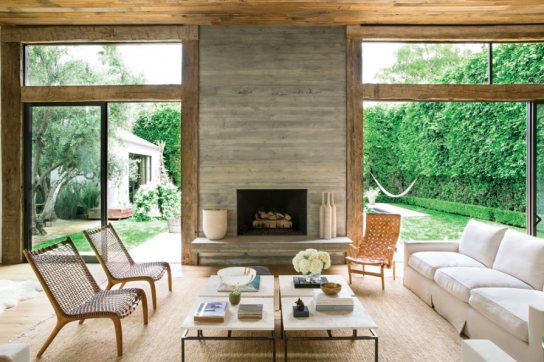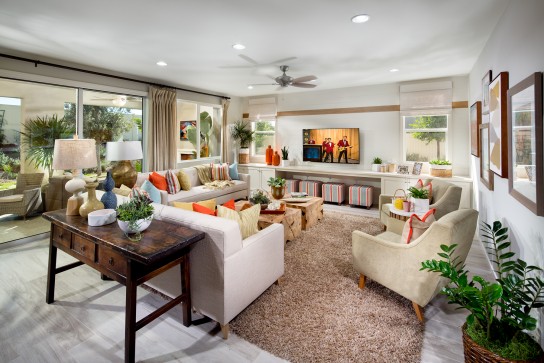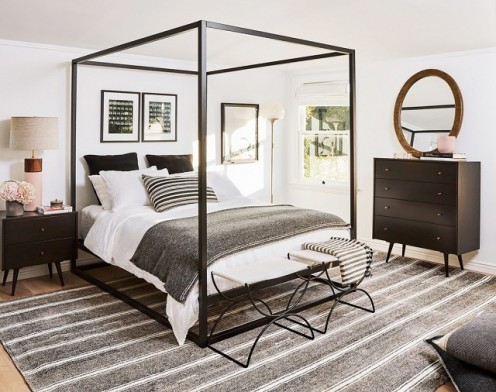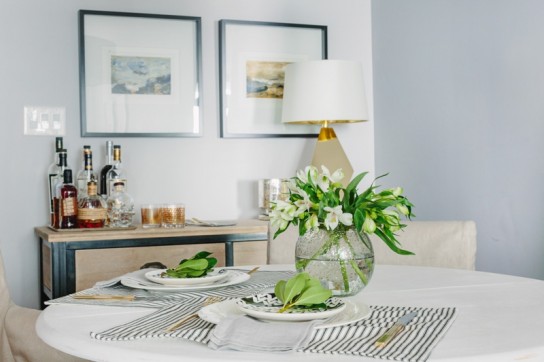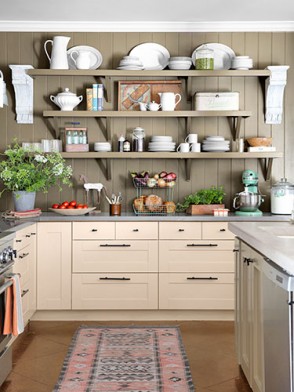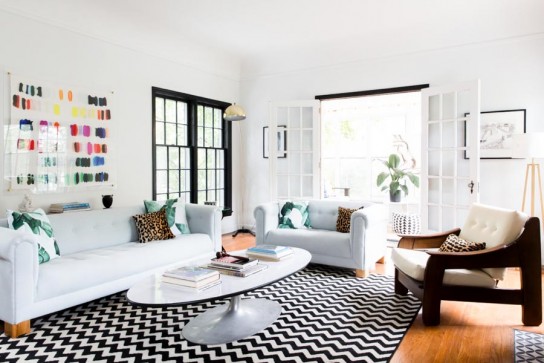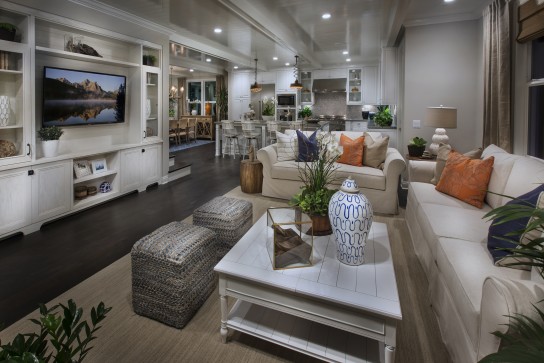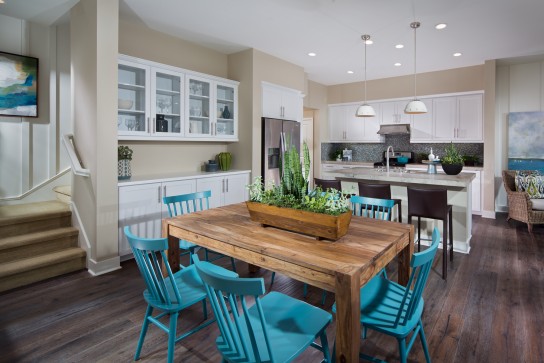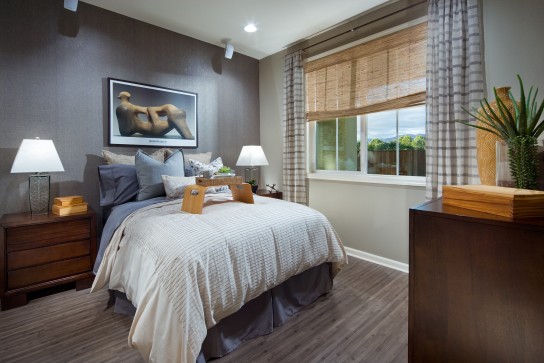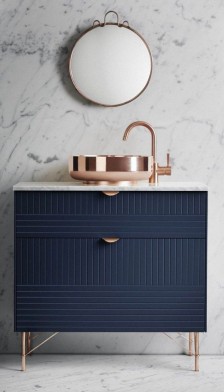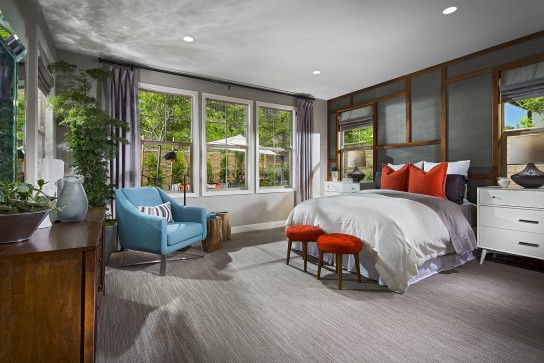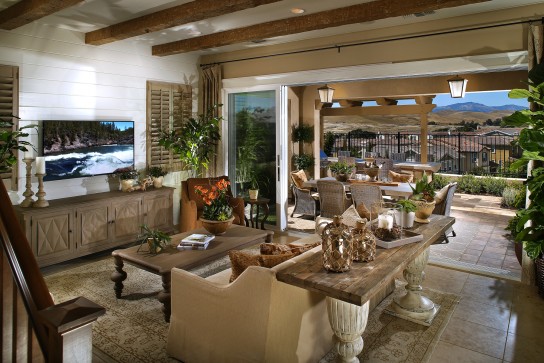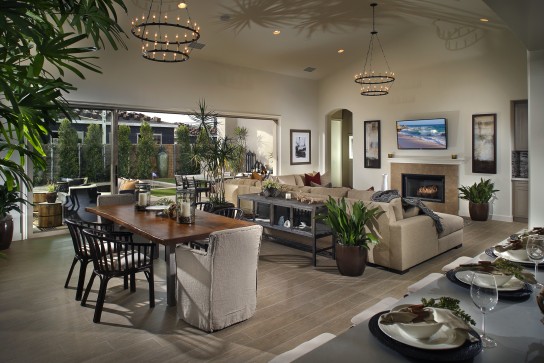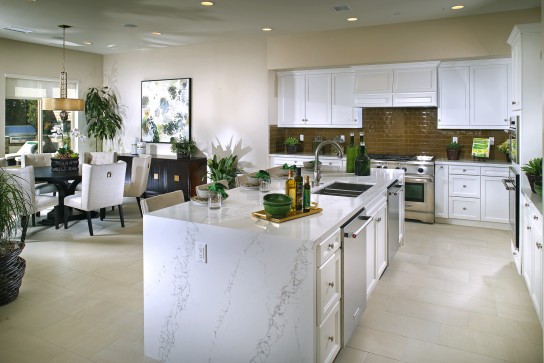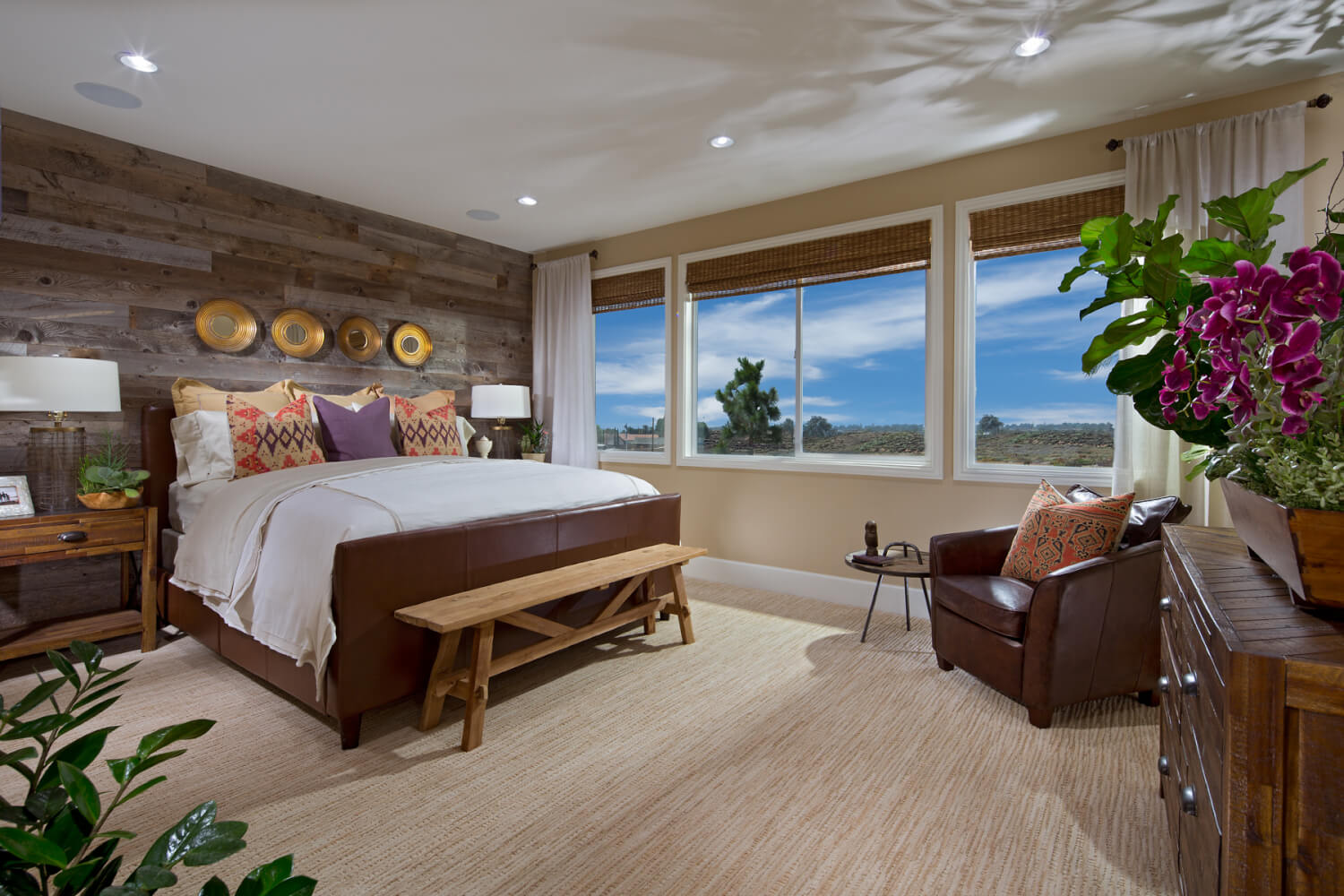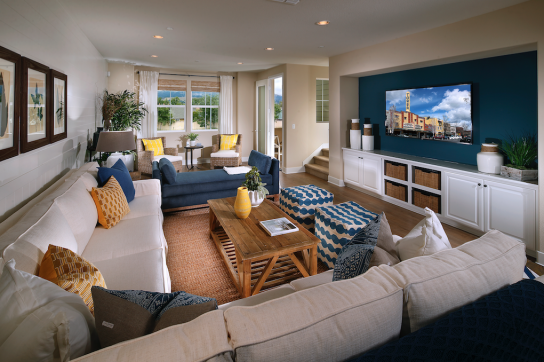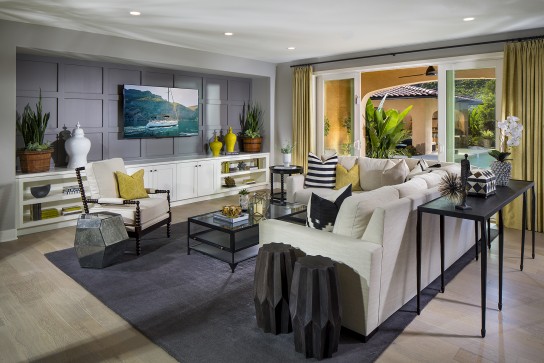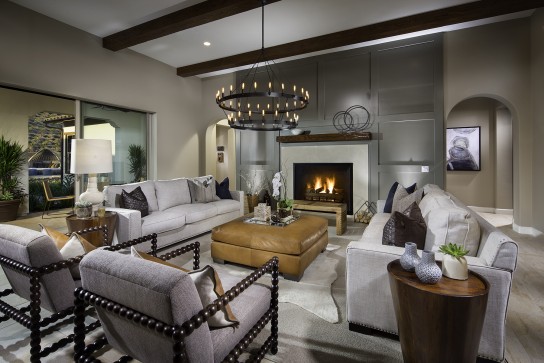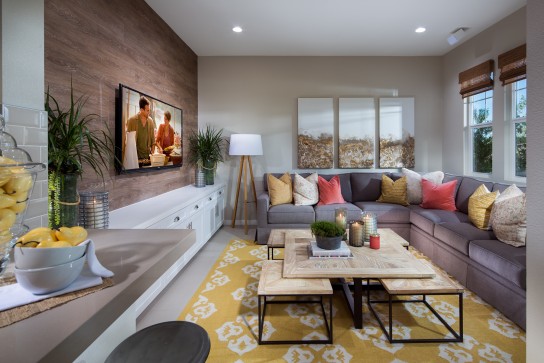How to Incorporate Home Technology Invisibly into Design
Although technology is ubiquitously designed into every new home, no one wants to see the telltale signs of it. Gone are the days of showcasing technology as a design focus; today’s consumer wants it to work in the background seamlessly. Fortunately, thanks to a crop of new audio, theater, energy monitoring and security gadgets, technology is more powerful than ever before yet integrated into home design for practically invisible use.
Stage a TV over a Fireplace – Or Make It Disappear
Although it’s a popular trend to hang a flat-screen television over a built-in fireplace, electronics and heat don’t mix well. One new solution to this dilemma is to select an ethanol-alcohol fireplace, which produces less heat, and recess a TV into the wall so it’s protected better. Although a TV is a focal point in many living rooms and dens, a cupboard design like this one allows homeowners to hide the monitor when not in use.
Hear It, Don’t See It
For an ambient experience, consider embedding surround-sound audio speakers into existing design. In fact, some types of speakers are made to vibrate and amplify audio signals better when hidden in walls or ceilings. Other solutions include faux rocks to hide speakers in a backyard or on a patio.
Charge Wherever You Are
Mobile phone users swipe, tap and pinch their phones on average 2,617 times a day, racking up a million touches every year, according to research firm Dscout. All that checking in drains battery life quickly, but furniture with built-in, wireless charging pads mean you can set down your smartphone and charge up in no time.
Whole-Home Integration: There’s an App for That
For the ultimate in convenience, homeowners are turning to automated systems that run lighting, heating, security and other electronics from one touchscreen system – even a single app accessible from any mobile device. An integrated system like this one lets users control practically everything in a home.


